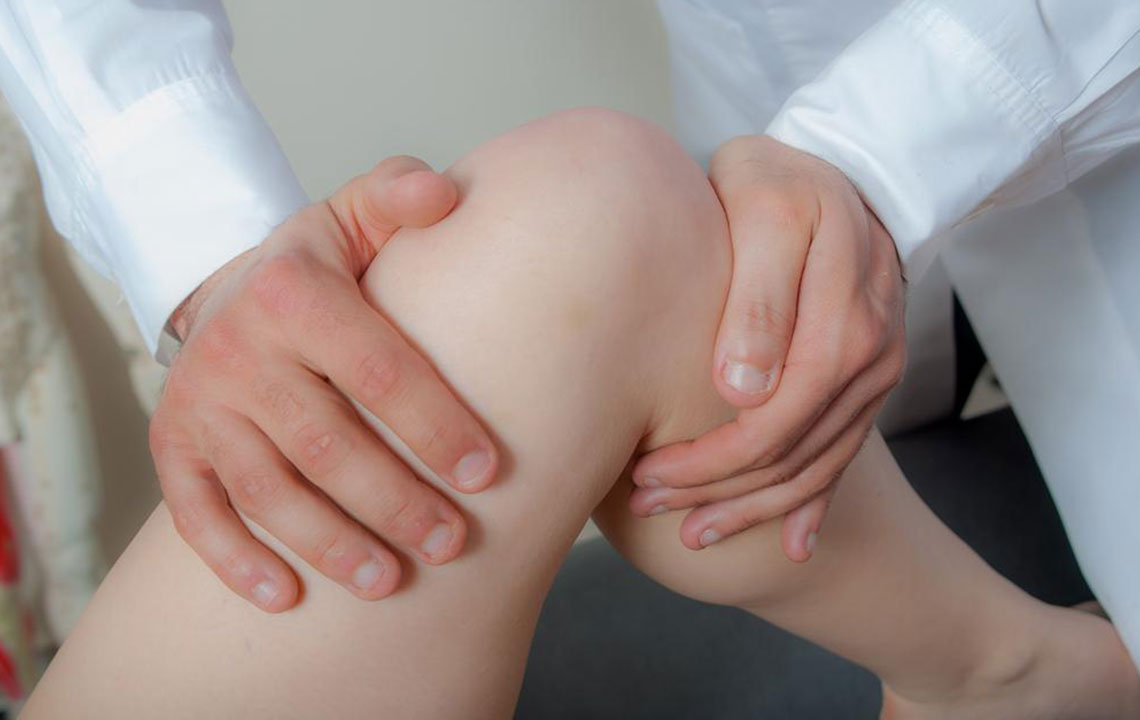Effective Strategies for Managing Knee Osteoarthritis
Discover effective methods to manage and treat knee osteoarthritis, including lifestyle changes, therapies, medications, and surgical options. Learn how early diagnosis and appropriate treatment can reduce pain and restore mobility, emphasizing the importance of a healthy lifestyle. This comprehensive guide covers diagnosis procedures, treatment options, and surgical interventions to help those affected improve their quality of life.

Effective Strategies for Managing Knee Osteoarthritis
Although advancing age is the primary risk factor for knee osteoarthritis, individuals of any age can develop it, especially if there is a hereditary link. This condition, often called degenerative joint disease, occurs when the cartilage cushioning the joints begins to deteriorate. As cartilage wears down, bones may rub against each other, causing significant pain, stiffness, swelling, and reduced mobility, along with bone spurs formation.
How is knee osteoarthritis diagnosed?
Diagnosis typically starts with a physical evaluation by a healthcare professional.
The healthcare provider will review your medical history and observe your physical symptoms. Sharing details about activities that worsen or alleviate pain, and family history of arthritis, can assist in diagnosis. Additional tests may include:
X-ray imaging to identify joint damage and bone spurs.
MRI scans if X-rays do not clarify the cause of pain or reveal soft tissue injuries.
Blood tests to rule out other conditions mimicking osteoarthritis symptoms.
Healthcare providers might suggest further testing if needed to establish a clear diagnosis.
What are the available options for knee osteoarthritis treatment?
Primary goals include pain relief and restoring full joint functionality. Treatment approaches often include a combination of methods such as:
Weight Management: Losing even a small amount of weight can significantly reduce stress on the knees, easing symptoms.
Exercise Programs: Strengthening the muscles around the knee can improve joint stability and alleviate discomfort. Engaging in targeted exercises helps maintain joint flexibility and mobility.
Medications: Over-the-counter drugs like NSAIDs (ibuprofen, naproxen) and acetaminophen can reduce pain and inflammation. These should be used cautiously for short durations to avoid side effects. For persistent pain, doctors may prescribe stronger anti-inflammatory medications.
Corticosteroid and Hyaluronic Acid Injections: These injections can decrease inflammation and provide joint lubrication, offering relief from pain.
Alternative Therapies: Options such as topical capsaicin creams, dietary supplements like glucosamine and chondroitin, and acupuncture may offer additional relief.
Support Devices: Knee braces, including support and unloader types, can stabilize the joint and reduce inflammation by offloading pressure from affected areas.
Physiotherapy: Physical and occupational therapy help strengthen muscles, improve flexibility, and teach pain-free daily activity techniques for those struggling with routine tasks.
Surgical Procedures: When conservative treatments are ineffective, surgery may be necessary. Options include osteotomy, joint replacement, and minimally invasive arthroscopy.
What surgical options are available for knee osteoarthritis?
If surgery is recommended, three primary options exist: osteotomy, joint replacement (arthroplasty), and arthroscopy. Here's an overview:
Osteotomy: This surgery adjusts bone shape to improve knee alignment, usually when damage is localized or following injury. It’s not always permanent, and additional procedures might be needed later.
Arthroplasty (Joint Replacement): Damaged knee joints are replaced with artificial components made from compatible metals or plastics. It’s typically advised for older adults with severe osteoarthritis.
Arthroscopy: Using small incisions and a tiny camera, surgeons can repair joint tissues. This approach is often suitable for younger patients and less extensive damage.
These treatment methods aim to reduce knee pain and improve function. Maintaining a healthy lifestyle and diet plays a vital role in prevention and management of osteoarthritis.










